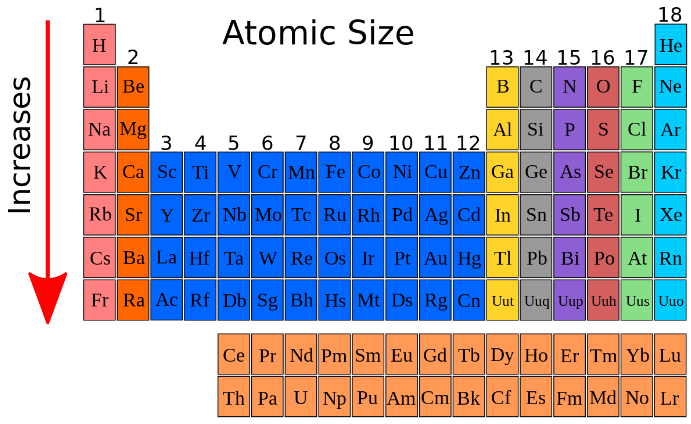Unit 9: Acids and Bases
1/24
There's no tags or description
Looks like no tags are added yet.
Name | Mastery | Learn | Test | Matching | Spaced |
|---|
No study sessions yet.
25 Terms
What makes something and ACID or BASE?
An Acid is a PROTON DONOR
A Base is a PROTON ACCEPTOR
Hydrogen
atom with only 1 proton and 1 Electron…
If we take away the Electron, we only have a Proton left
We call this H+ (a negative charge)
ACIDS (abundant donors)
Acids are proton DONORS, meaning they have more hydrogen than they need and can be easily separated from it…
Strong Acids
A strong Acid is one that COMPLETELY gives up all its Hydrogen when it reacts
Ex of Strong Acid/Bases
691 × 424

Weak Acid
Rule of thumb: if it’s NOT a strong acid, then its a weak acid
Weak acids will not give up all their proton donor ions attached to their chemical formula
Proton acceptor
Bases are Proton ACCEPTORS meaning they will easily bond with Protons (H+)
Weak Bases
Weak bases will not give up all their proton acceptor ions attached to their chemical formula
Neutralization
Acids and Bases will cancel eachother out…resulting in the formation of water and a salt.
(If we pour HCl (an acid) into NaOH (a base), the ions will split into their individual components)
Remember: Acid/Base (Zuma)
Water… H20
Water: Made of H+ and OH- → H2O (PureWater is perfectly neutral )
Water can act as EITHER an Acid OR a Base (depending on the situation)
pH Scale ( potential hydrogen )
(ion concentration)
It is based upon the Molarity concentration (remember last unit) of Hydrogen Ions
We use brackets around an atom or ion to denote concentration so:
[H+] = Concentration of hydrogen Ions
We use brackets around an atom or ion to denote concentration so:
THE pH and pOH Scales
pH Scale
Water is neutral and has a pH (and pOH) of 7
Acids are 0-< 7 (lower number = stronger acid)
Bases are > 7-14 (higher number = stronger base)
pOH Scale
Water is neutral and has a pH (and pOH) of 7
Bases are 0 - < 7 (lower number = stronger Base)
Acids are > 7-14 (higher number = stronger Acid)
Measuring pH
tool called litmus paper to get a general idea of the pH of a solution
Litmus turns red in Acid and Blue in Base
A Universal Indicator shows more depth with a wider range of colors for different pH ranges/values
Measuring Universal Chart
pH and pOH relationship
pH + pOH = 14
[H+] x [OH-] =1 x 10-14 based on SELF IONIZATION OF WATER
SELF IONIZATION OF WATER
-Where water will donate and accept protons within itself
This reaction happens constantly and only from a brief moment
Logs?…
The pH scale is Logarithmic which means each number you increase by is 10 times greater than the number below it in terms of concentration
It is also an inverse scale:
The lower you go on the scale, the higher the concentration of hydrogen ions
Example Concentrations
Each number on the pH scale represents a NEGATIVE power of 10 (values that are less than one)
A pH of 7 means [H+]= 1 x 10-7
pH and Acid
Acids have LOW pH (less than 7)… High concentration means a LOW negative exponent such as 10-1 or 10-2
That would correspond to a pH of 1 or 2
pH of Bases*
pH of above 7… A low concentration means a LARGE negative exponent like 10-12 or 10-13
This would be like a pH of 12 or 13
*Bases can also be called Alkali
pH and [H+] Relationship/ pOH and [OH-] Relationship
We can use the following equations for pH value:
pH= -log[H+] or [H+]=10-pH (thats 10 to the negative pH power)
We can use the following equations for pOH value:
pOH= -log[OH-] or [OH-]=10-pOH (thats 10 to the negative pOH power)
Know examples